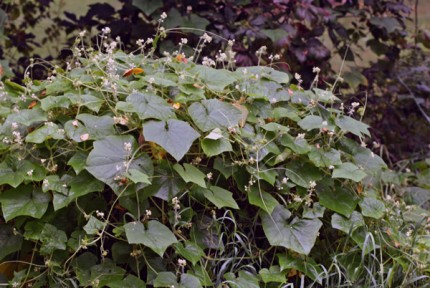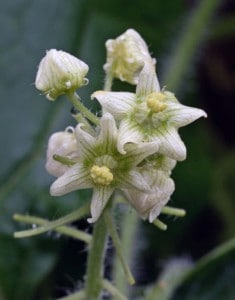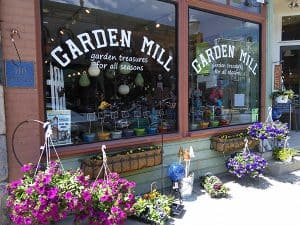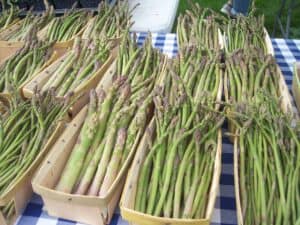

(Chelsea Update would like to thank Tom Hodgson and the Waterloo Natural History Association for the information and photos in this column.)
Although I promised to write about some additional invasive species this week, I couldn’t ignore two native plants that have been extremely abundant this year.
This summer, some may have noticed creeping vines covering road-side shrubbery and even climbing the trunks of large trees. There are actually two similar species of vines that are very abundant this year. They are wild cucumber and bur cucumber; distant cousins of domestic squash, pumpkins and cucumbers. Unfortunately, they do not produce anything edible.
They are normally confined to poorly drained, moist areas such as road-side ditches or the edges of lakes and swamps. This year, because of the abundance a rain, they have spread to many upland areas as well, seemingly taking over everything.

Wild cucumber vines can reach 25 feet in length, while bur cucumber vines will do well to grow half that size. Not to worry, though, in summers with more normal rainfall we will hardly notice them.
Both plants are native to North America, and are annual plants that must sprout from seeds each year. Their succulent stems and leaves are not cold tolerant and are killed by cold weather in the fall. Both vines attach themselves using special tendrils that wrap around the branches of shrubs and trees. Wild cucumber is especially noticeable now because it is covered with sprays of white blossoms. The flowers of bur cucumber are greenish-white and are not as conspicuous.
The stems of wild cucumber are smooth, while those of bur cucumber are covered with hairs. The fruit of wild cucumber is golf-ball sized; looks like a small oval, prickly melon and hangs singly from the stem. The fruits of bur cucumber are smaller, hairy and born in clusters. The fruit of the wild cucumber contains two seed capsules each containing two flat, brown seeds. The fruits of bur cucumber each contain just one large seed. The seeds of both drop to the ground after the fruits mature and are scattered by animals.
Will these vines damage trees and shrubs? I have not found any reference of damage from cucumber vines, probably because they are annual plants that don’t persist year after year. Greater threats to trees and shrubs are the vines of wild grape, poison ivy, Virginia creeper and oriental bittersweet, which are perennials that can overwhelm host plants over time. They will die back when cut at the base, but will sprout again the next year.



















